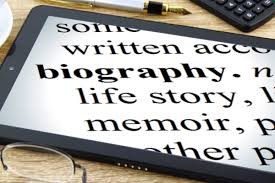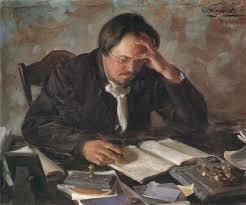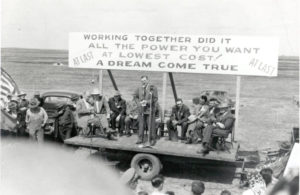
Do you want to write a memoir, but don’t know where to start? Well, you’re not alone. Many people have a story to
Know Your Guidelines
A memoir is not an autobiography. Its scope is usually a period of the writer’s life or covers a theme of particular significance. For example, “My Trip to Hell and Back” could cover a soldier’s part in a war operation that landed them in a world of hurt. A memoir theme for that same person may be titled, “Undercover–A Way of Life.”
Another key ingredient of a memoir is truth. You can’t make it up. Not that every detail is guaranteed to be true, but you need to do your best to make it so.
Structure it First
There are writers who feel they must just
Research All You Can
In the interest of providing the truth in your memoir, it would be advisable to not count on your memory alone. Facts fade over time and somehow new versions are provided by the brain. Research can be done by consulting journals, letters, newspaper clippings, other forms of documentation and other people when the facts aren’t available from any other source. Parents or other family members can be great when it comes to filling in the blanks for times when you weren’t around or old enough to remember.
Lay It All Down
Once you know how your memoir is going to be set up and you have your information together, you can concentrate on writing. It would be best to work on it every day until it’s done, but the most important thing is to write, write, write. Get your story on paper, not obsessing about form or details. You can edit later. Take pleasure in downloading this data from your mind to your document, especially if there’s a lot of emotion involved. It’s so therapeutic to let it go.

It Doesn’t Have to Be All About You
We tend to be wrapped up in our own lives, but I find it noble and appealing to tell the story of another person in your life. I can’t claim to have done it myself yet, but I hope to at some point. Honoring a deserving individual is a fine way of celebrating their legacy to humanity.
Make It Read Like a Novel
As a life unfolds or as a theme develops, there are twists and turns, comedy and drama, victories and losses. Lives lived without fanfare or in quiet desperation can be tapped as any award winning novel could be drafted. When structuring your memoir, be mindful of presenting it in an order that best tells the story for dramatic effect.
Write in the First Person
Telling the story from your viewpoint is straightforward and easily understood. I’ve heard writers toying with the idea of using the third person to write their memoir. While I can appreciate the artistic slant on this, I would find it potentially confusing and generally unnecessary.
Be Yourself
I think it would be safe
Use Lots of Dialogue
Dialogue brings life to a story. Endless narrative breeds boredom. We don’t want to be bored. “Don’t jump, my precious reader!” “Don’t try to stop me. I can’t take anymore narrative!”
Keeping in mind our intention to adhere to the truth, we need to include conversations in our memoir. No one expects us to recall word for word quotes, but we can write these verbal exchanges according to our recollections and not violate the essential truth. Dialogue is vital. It’s fun when you become comfortable with it.
Out With Your /Feelings
Just giving the facts without letting the reader into your heart and mind can leave your manuscript cold. Relate important events of your life in your memoir, being sure to include how they affected you. The deeper, the better. If you’re not the type of person to do so, this is your chance to practice in the privacy of your writing space. You may find you evolve and purge yourself of some heavy baggage. And your writing will be more accessible.

Writing a memoir is a golden opportunity to examine your life in a unique and effective way. Here’s to an illuminating experience!





